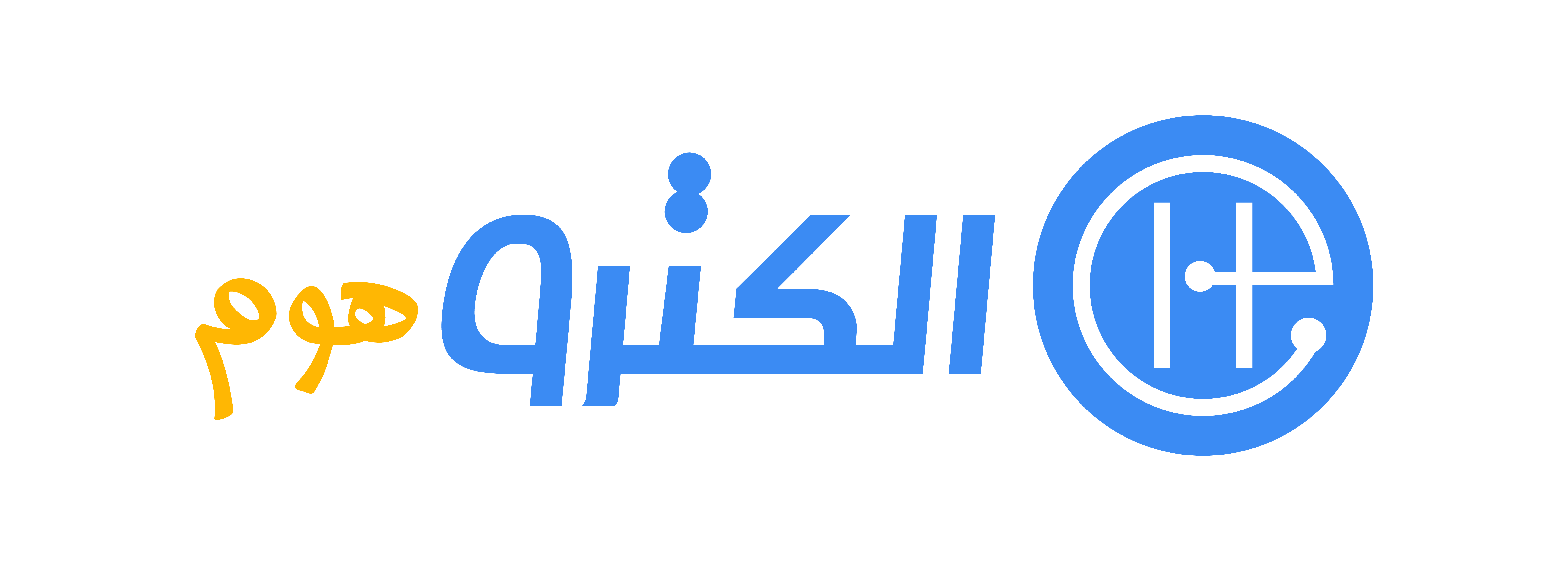Ancient Beings and Modern Legends: From Mythology to «Le Zeus»
1. Introduction: The Evolution of Mythology and Legends in Human Culture
Throughout human history, stories of divine, supernatural, and legendary beings have played a central role in shaping societies. These narratives, originating from ancient times, served to explain natural phenomena, reinforce societal values, and provide cultural cohesion. Today, although the mediums have shifted from oral tradition and stone carvings to digital entertainment, the essence of these stories persists.
a. Defining ancient beings and modern legends
Ancient beings encompass gods, monsters, and supernatural entities originating from mythologies of various civilizations. Modern legends include contemporary characters—superheroes, fantasy figures, and pop culture icons—that often draw inspiration from these archetypes.
b. The significance of mythological figures in shaping societal beliefs and stories
Mythological figures have historically reflected human fears, aspirations, and natural phenomena, influencing art, religion, and social norms. For example, Greek gods embodied human virtues and flaws, guiding moral conduct and cultural identity.
c. Transition from myth to modern storytelling and entertainment
Modern storytelling, including movies, video games, and literature, often reinterprets ancient myths, ensuring their relevance. This evolution maintains cultural continuity while adapting to contemporary tastes and technological advances.
2. The Role of Ancient Beings in Early Cultures
Ancient civilizations crafted rich mythologies where gods, monsters, and supernatural beings played vital roles. These figures often explained natural events, reinforced societal values, and embodied collective fears.
a. Mythological origins of gods, monsters, and supernatural entities
In Greek mythology, gods like Zeus represented powerful natural forces and human virtues. Egyptian deities such as Osiris symbolized death and rebirth, guiding spiritual practices. Norse legends featured beings like Thor’s giants, embodying chaos and strength.
b. Examples from various civilizations: Greek, Egyptian, Norse, and others
| Civilization | Mythological Figures |
|---|---|
| Greek | Zeus, Hera, Poseidon, Medusa |
| Egyptian | Osiris, Isis, Ra |
| Norse | Odin, Thor, Loki |
c. How these beings reflected human fears, values, and natural phenomena
These mythological figures encapsulated societal fears—such as chaos, death, and the unknown—and values like heroism, sacrifice, and justice. For instance, thunderstorms linked to Zeus’s wrath symbolized both divine power and natural storms, influencing early religious practices.
3. From Myth to History: The Transformation of Legends
Over centuries, mythic stories have undergone processes of mythologization and de-mythologization, shaping their perception and historical validation. Archaeological discoveries have played a crucial role in understanding these beings beyond mere stories.
a. The process of mythologization and de-mythologization over time
Mythologization involves elevating stories to divine or legendary status, often blurring the line between fact and fiction. Conversely, de-mythologization seeks to reinterpret or demystify these stories through scientific and historical inquiry.
b. The impact of archaeological discoveries on understanding ancient beings
Findings like the deciphering of Egyptian hieroglyphs or Greek archaeological sites have transformed our understanding of mythological figures, revealing their origins and cultural contexts. For instance, the discovery of the Palace of Knossos shed light on Minoan legends related to Minotaur myths.
c. The blending of myth and historical fact in modern narratives
Contemporary stories often intertwine historical facts with mythic elements. A prime example is the reinterpretation of Viking legends in popular media, which combines archaeological evidence with mythic storytelling, creating a hybrid narrative that appeals to modern audiences.
4. Modern Legends and Their Roots in Mythology
Many modern characters and stories are directly inspired by ancient mythological archetypes, which continue to influence entertainment and cultural perceptions.
a. How contemporary stories and characters draw inspiration from ancient beings
Superheroes like Thor from Marvel Comics explicitly reference Norse gods, blending myth with modern storytelling. Similarly, fantasy franchises such as “The Lord of the Rings” incorporate mythic themes of heroism, monsters, and divine intervention.
b. Examples of modern legends: superheroes, fantasy characters, and pop culture icons
- Superheroes: Thor, Wonder Woman, Hercules
- Fantasy characters: dragons, elves, titans
- Pop culture icons: vampires, zombies, space explorers
c. The psychological and cultural reasons behind the enduring appeal of these figures
These figures symbolize universal themes—power, morality, fear—that resonate across cultures. Their archetypal nature offers comfort, inspiration, and a sense of connection to humanity’s collective past.
5. Case Study: «Le Zeus» as a Modern Interpretation of Mythological Archetypes
An illustrative example of modern myth adaptation is «Le Zeus», a contemporary gaming icon that draws thematic inspiration from the Greek god Zeus. This character embodies qualities of power, authority, and divine intervention, echoing ancient mythological archetypes.
a. Introduction to «Le Zeus» and its thematic connection to Zeus from Greek mythology
«Le Zeus» integrates mythological symbolism into modern entertainment, offering players an experience rooted in legendary themes. Its design often features thunder, lightning, and regal motifs reminiscent of Zeus, fostering a sense of familiarity and grandeur.
b. How «Le Zeus» incorporates mythological elements into modern gaming or entertainment
By blending myth-inspired visuals with innovative gameplay, «Le Zeus» exemplifies how ancient archetypes are adapted for contemporary audiences. This approach enhances engagement while educating players about mythic symbolism, bridging entertainment with cultural heritage.
c. The role of licensing and regulation (e.g., Malta’s MGA licensing and RTP standards) in shaping modern reinterpretations
Regulatory frameworks like Malta’s MGA standards ensure that myth-inspired gaming experiences are fair and transparent. Features such as rare coin drops are governed by standards like RTP (Return to Player), balancing innovation with consumer protection.
6. The Influence of Ancient Beings on Modern Gaming and Media
Mythological themes are pervasive in game design, storytelling, and branding, enriching narratives and fostering educational opportunities.
a. Use of mythological themes in game design, storytelling, and branding
From “God of War” to “Age of Mythology,” developers leverage mythic characters to create immersive worlds. These themes enhance storytelling depth and cultural resonance.
b. Educational value: understanding history and mythology through entertainment
Interactive media offers a unique avenue to learn about ancient cultures. Games often include references and accurate depictions, encouraging players to explore history beyond the screen.
c. Balancing authenticity and creative innovation in modern adaptations
Successful adaptations respect mythological roots while innovating for gameplay. For instance, creative reinterpretations can introduce mythic elements to new audiences without distorting their original significance.
7. The Cultural Significance of Mythological Beings in Contemporary Society
Ancient legends continue to influence modern cultural expressions, reflecting societal values and fostering a sense of identity.
a. How ancient legends reflect societal values and collective identity
Mythic figures embody virtues like bravery, justice, and resilience. Their stories reinforce social norms and inspire community pride.
b. The resurgence of mythological themes in modern fashion, art, and media
Contemporary fashion often features mythic symbols—like Medusa or Thor’s hammer—while artists reinterpret mythic themes in visual arts, demonstrating their lasting influence.
c. The role of legends in fostering cultural continuity and innovation
Legends serve as cultural threads connecting past and present, inspiring new stories and creative expressions that sustain cultural identity.
8. Beyond Entertainment: Educational and Ethical Considerations
Using mythological themes in media offers educational benefits but also poses ethical questions regarding cultural representation.
a. Teaching mythology and history through modern media and games
Interactive platforms can effectively introduce players to complex mythologies, fostering appreciation and understanding of diverse cultures.
b. Ethical considerations in reinterpreting ancient beings and legends
Creators must balance creative freedom with respectful representation, avoiding cultural appropriation and misrepresentation.
c. Promoting cultural appreciation and accurate representation
Educational initiatives and responsible storytelling contribute to a more inclusive understanding of mythologies worldwide.
9. Non-Obvious Perspectives: The Economic and Regulatory Aspects of Myth-Inspired Content
The commercial success of myth-inspired products depends on regulatory standards and economic factors that shape industry practices.
a. How licensing, such as Malta’s MGA standards, influences modern myth-based products
Licensing ensures that products meet legal and ethical standards, fostering consumer trust and fair market practices.
b. The importance of RTP and fair play in myth-inspired gaming experiences
Standards like RTP (Return to Player) guarantee transparency and fairness, which are crucial for maintaining player confidence in myth-themed games.
c. The economic impact of mythological themes in the entertainment industry
Myth-inspired content generates significant revenue, as evidenced by the popularity of franchises, merchandise, and gaming markets globally.
10. Conclusion: The Enduring Legacy of Ancient Beings in Modern Legends
The interconnectedness of myth, history, and modern storytelling underscores the timeless appeal of ancient beings. Modern reinterpretations, exemplified by characters like «Le Zeus», demonstrate how archetypes adapt to contemporary culture while preserving their core symbolism. This ongoing exploration enriches our cultural landscape and encourages curiosity about our shared heritage.
“Legends are the bridges that connect our past with our present, shaping the stories of tomorrow.”
Continuing to explore the mythological roots in modern culture not only fosters cultural appreciation but also stimulates innovation across entertainment, art, and education sectors. As societies evolve, these ancient archetypes will undoubtedly remain vital in crafting future legends.


